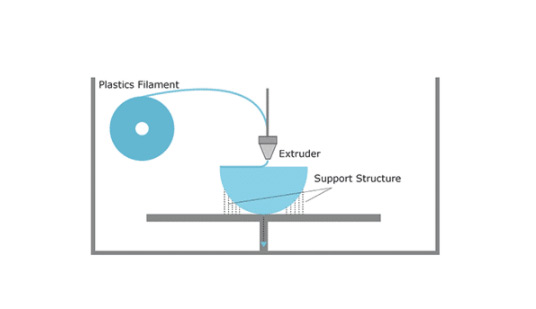3D printing, also known as additive manufacturing, is the exact opposite of the traditional way of making objects. Instead of machining or “subtracting” material to form an object – much like how a sculptor cuts away clay – 3D printing adds layer upon layer of material to build an object. Product designers and engineers upload a digital (CAD) file to a 3D printer, which then prints a solid 3D object.


Thermoplastics are the most frequently used materials, but the technology also includes photopolymers, epoxy resins, metals, and more. Cutting-edge bioinks, which use a mixture of human cells and gelatin, have also been leveraged to 3D print complex tissue models. Even edible materials such as chocolate are being used in 3D printers.

It all starts with making a virtual design of the object you want to create, using CAD, (computer-aided-design) software.

The software saves the digital file of the model as an STL (Standard Tessellation Language) file, a format that converts the model’s surface into an array of triangles.

The STL or VRML file is then sliced into thin layers by the printer’s software.

The 3D printer reads each slice (or 2D image) and proceeds to create the object blending each layer together, resulting in one three dimensional object.

Melting or softening material into a thin thread to produce the layers.

Converting liquid materials into solid parts, layer by layer, by selectively curing them using a light source.